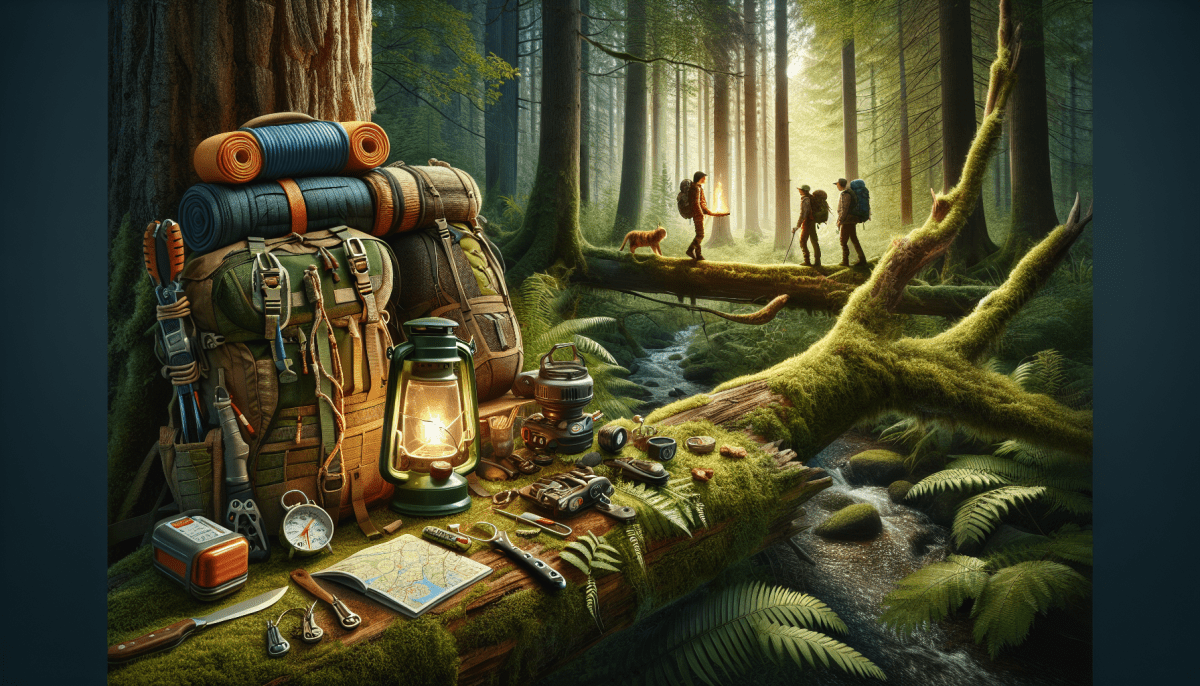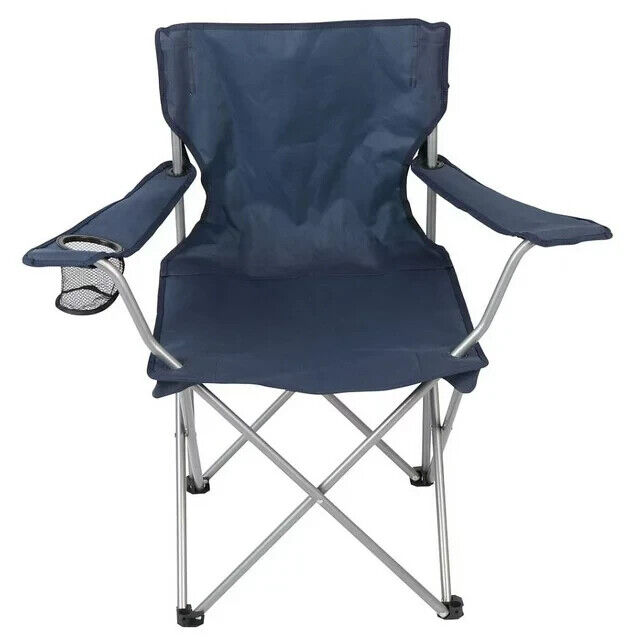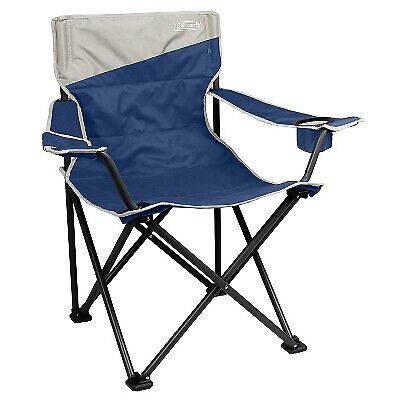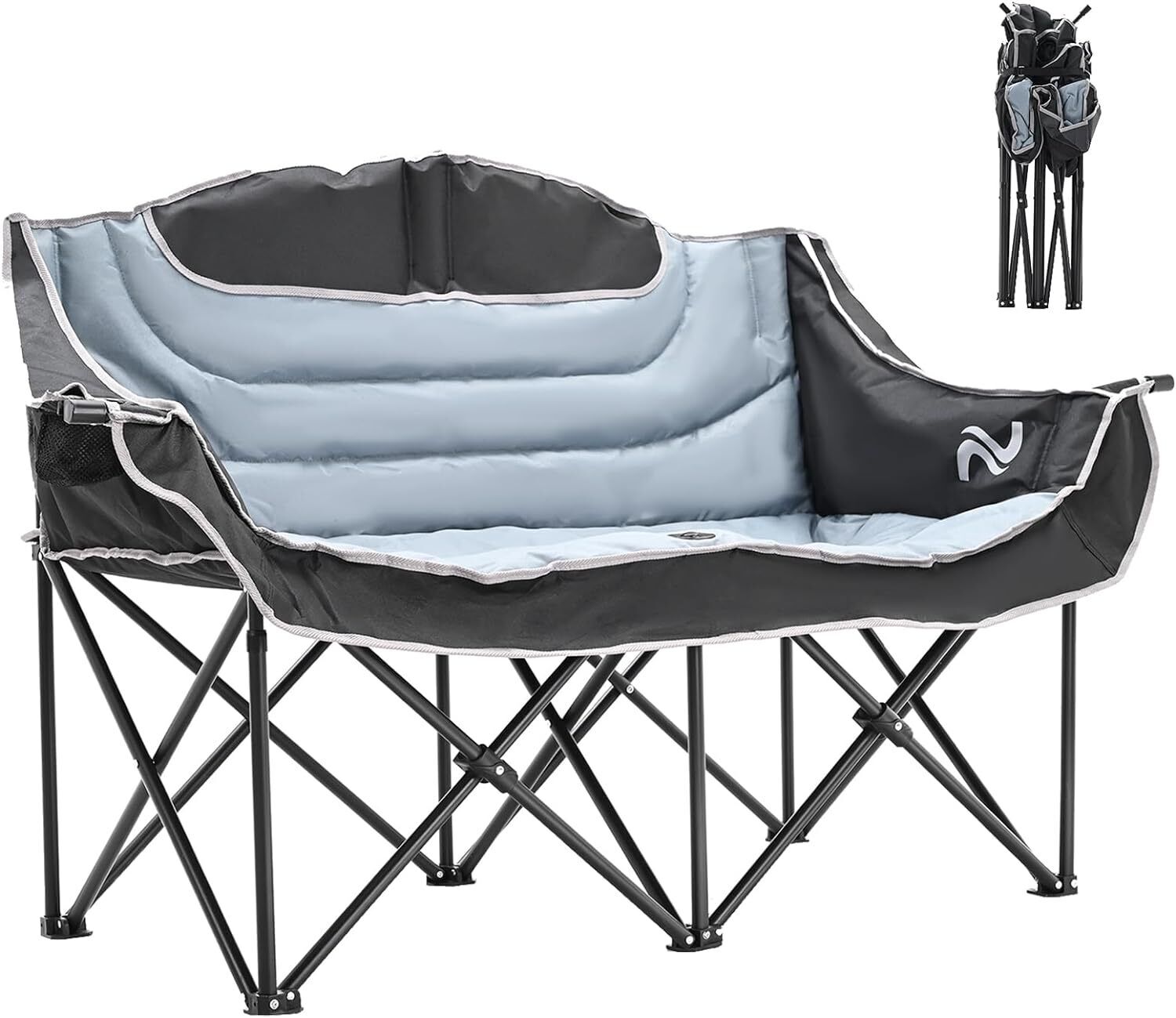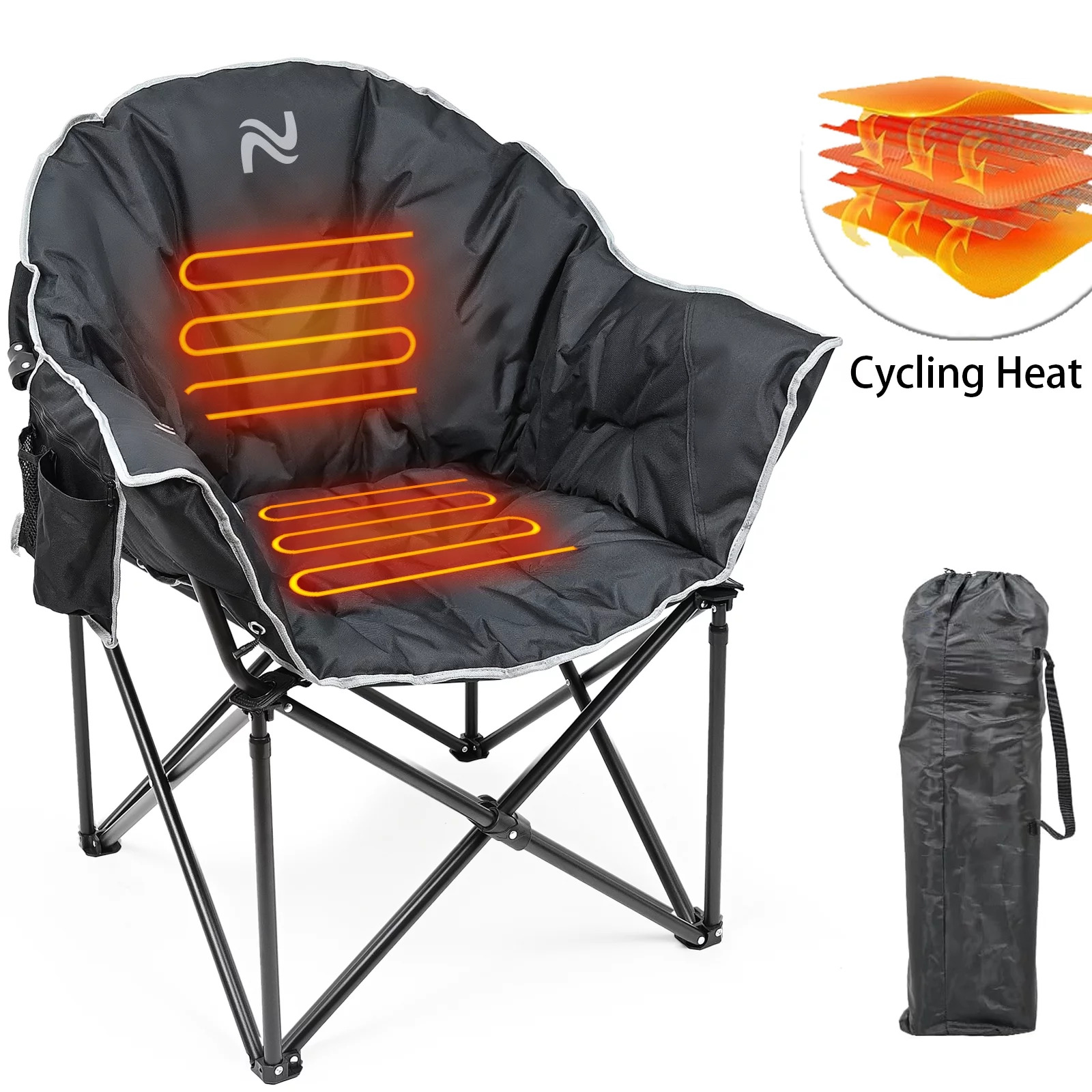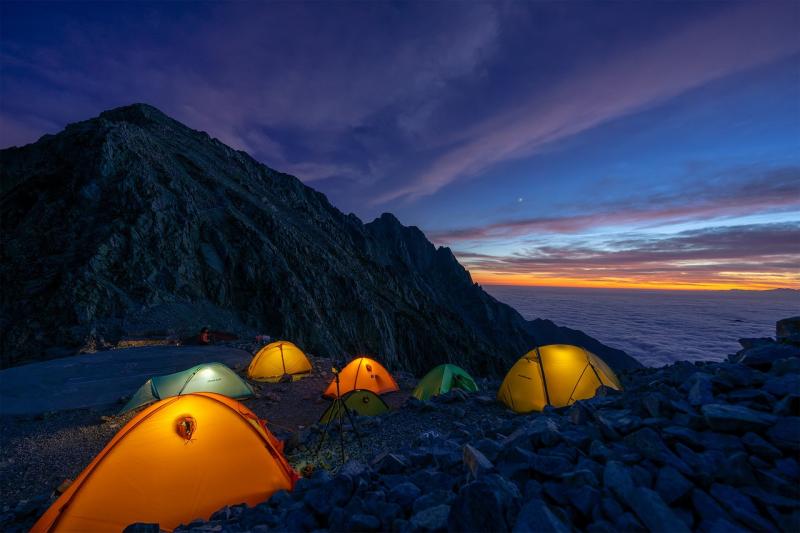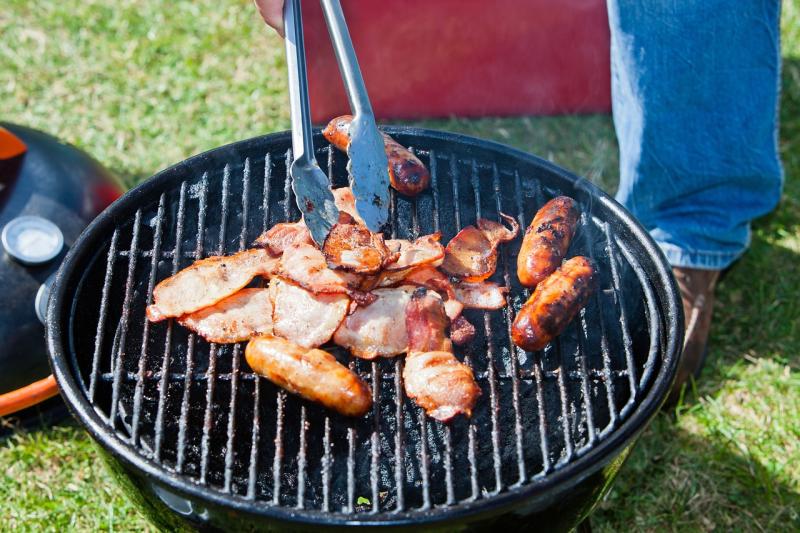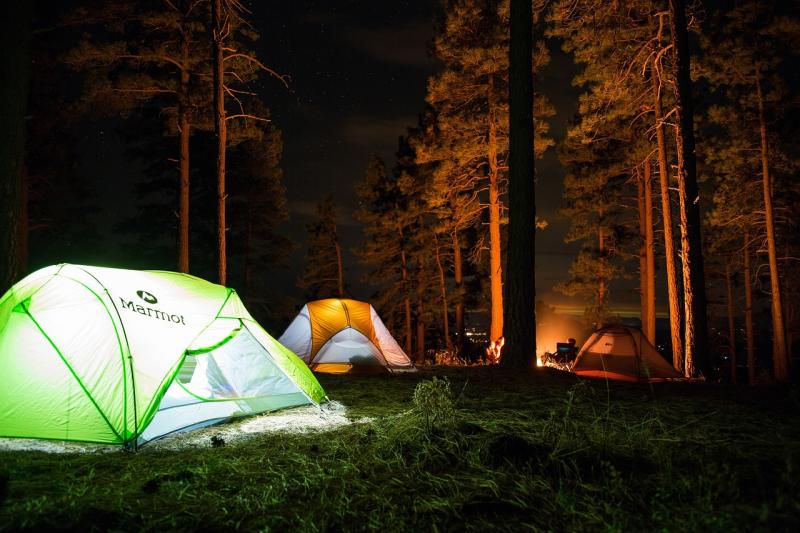Planning your camping trip doesn’t have to be stressful. A little organization goes a long way. Start by choosing your campsite. Think about what activities you want to do—hiking, fishing, or just relaxing by the fire. Make sure the site has the amenities you need, like restrooms and water access.
Next, create a packing list to keep track of everything. Don’t forget the essentials like a tent, sleeping bag, and cooking gear. Here’s a quick checklist to get you started:
Once you have your gear ready, think about the meals you want to make. Simple, easy-to-cook meals work best. Plan a menu and pack accordingly. Bring a cooler for perishables and snacks on the go. You’ll save time on cooking and have more fun outdoors.
Lastly, check the weather before you head out. Being prepared for rain or cold temperatures can make your trip much more enjoyable. Take a few moments to review any campsite rules or guidelines as well. This way, you can focus on making memories instead of dealing with surprises.
Setting Up Camp Like a Pro
Getting your campsite set up shouldn’t feel like a chore. With a little planning, you can make it smooth and stress-free. Start by picking a good spot. Look for level ground away from water sources, as the last thing you want is a surprise splash during the night. Make sure you’re not under any dead branches that might decide to fall, either!
Once you’ve found the ideal spot, it’s time to unpack. Set up your tent first. Make sure you’ve got all the poles and stakes—nothing worse than realizing you’ve forgotten a key piece! Lay out a ground tarp to protect your tent from moisture and wear. When you pitch your tent, stake it down. Wind can pop it right up if it’s not secured.
Now, let’s talk sleeping arrangements. Invest in a good sleeping pad or air mattress. A comfy night’s sleep can make all the difference when you’re out in the wild. Don’t forget your sleeping bag—you want one that suits the weather, whether it’s warm and cozy or cool and breathable.
Next up, set up your cooking and eating area. If you’re using a camp stove, keep it on a flat surface away from your tent. Safety first! Organize your cooking gear and food in a way that’s easily accessible. A good camping table can help keep things tidy. Remember, keeping your food stored properly will help avoid unwanted visits from critters!
Finally, add some personal touches. String up some lights around your area for ambiance, or toss a couple of chairs around the fire pit for late-night chats. Make it feel like home, so you can relax and enjoy every moment of your camping adventure.
Cooking Delicious Meals Outdoors
First, don’t skimp on your portable cooking gear. A solid camping stove is a must-have. Look for one that’s lightweight, easy to set up, and can handle multiple pots at once. If you’re feeling adventurous, a cast iron skillet can be a game changer. It holds heat so well, you can use it for frying or baking. Plus, with the right care, it’ll last you a lifetime!
Meal prep is your best friend. Before heading out, chop up veggies, marinate meats, and portion out spices. Pack everything in resealable bags or small containers. This not only saves time at the campsite but also keeps things organized and easy to grab. You’ll thank yourself when you’re not rummaging through a cooler trying to find that spice you need.
Finally, don’t forget about easy cleanup. Bring along a small sponge, biodegradable soap, and a dishcloth. A lightweight basin for washing dishes can make the task a lot easier. Try to pack and cook with minimal waste. Bring reusable plates and utensils to cut down on trash and make clean-up a breeze. You’ll have more time to relax and enjoy those tasty meals with friends around the campfire!
Staying Safe and Comfortable in Nature
When you're out camping, safety and comfort go hand in hand. You want to enjoy all that nature has to offer without worrying about the unexpected. Start with packing the right gear, like a first aid kit. You never know when a scrape or bug bite might happen, so having basic supplies on hand makes a big difference.
Staying warm and dry is essential too. Your choice of sleeping bag can make or break a good night's sleep. Look for one that fits the season. If you're heading out in cooler weather, opting for a down or synthetic bag will keep you snug as a bug, even when temperatures drop. Don’t forget a good sleeping pad—this adds insulation and comfort, making your nights in the tent much more pleasant.
Stay alert to your surroundings. It’s easy to get wrapped up in nature’s beauty, but wildlife can be unpredictable. Keep food secured and your campsite clean. This not only keeps critters away but also helps protect the environment. Always check for any regulations in the area about wildlife interactions; they can save you a lot of trouble.
Staying hydrated is super important too. Bring a reliable water filter or purification tablets. Even if a stream looks clean, it could contain harmful bacteria. Make sure you have enough water bottles or hydration bladders to stay refreshed while hiking or chilling at the campsite.
Don’t forget about sun protection. Pack sunscreen and a comfy hat to shield yourself from those UV rays during the day. You don’t want a sunburn ruining your adventure. Sunglasses with UV protection are a nice touch too—they protect your eyes while you soak in those stunning views.
